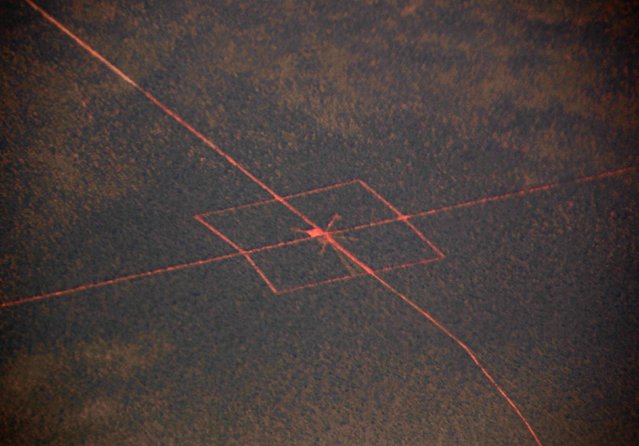
Roads intersect in the Tanami Desert in Australia's Northern Territory in this July 15, 2013 file photo. Australian Prime Minister Tony Abbott's ambition to be known as “Mr Infrastructure” is raising expectations of financing reform to open up tens of billions of dollars in construction contracts and pension fund investment opportunities. (Photo by David Gray/Reuters)
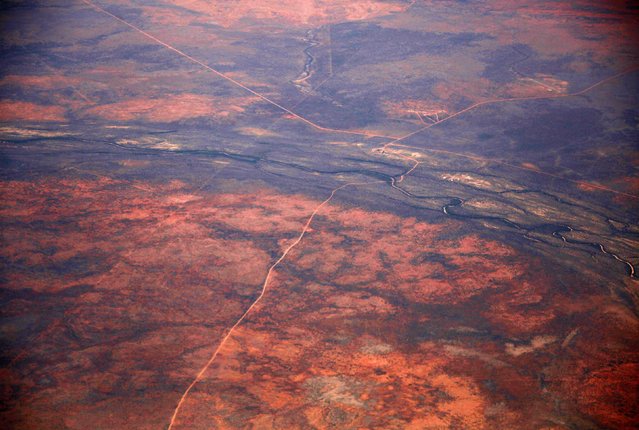
A dirt road and river intersect in the Tanami Desert, located in Australia's Northern Territory, in this July 15, 2013 file photo. (Photo by David Gray/Reuters)
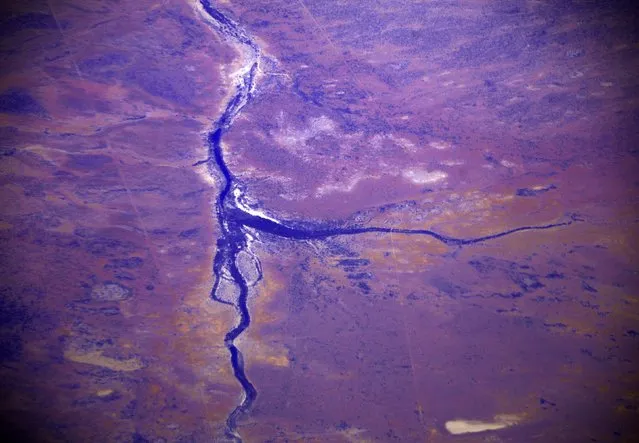
A dried-up river can be seen in the Pilbara region of Western Australia December 2, 2013. Western Australia's Pilbara region, which is the size of Spain, has the world's largest known deposits of iron ore and supplies nearly 45 percent of global trade in the mineral. (Photo by David Gray/Reuters)
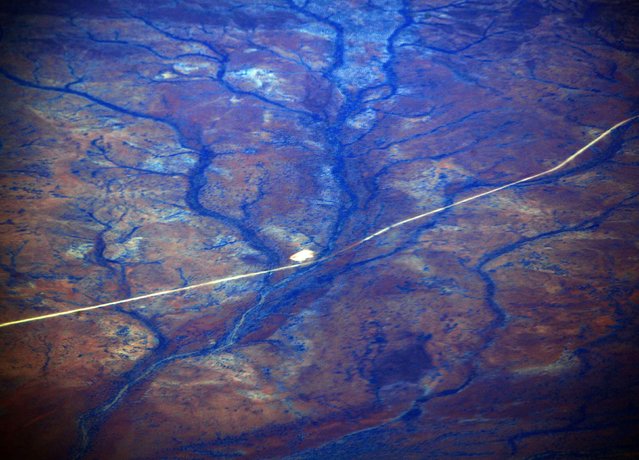
A general view of dried-up rivers and a road in the Pilbara region of Western Australia December 2, 2013. (Photo by David Gray/Reuters)
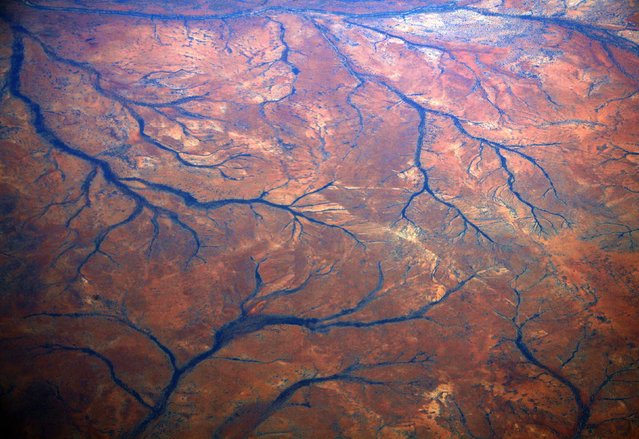
A general view of dried-up rivers in the Pilbara region of Western Australia December 2, 2013. Western Australia's Pilbara region, which is the size of Spain, has the world's largest known deposits of iron ore and supplies nearly 45 percent of global trade in the mineral. (Photo by David Gray/Reuters)
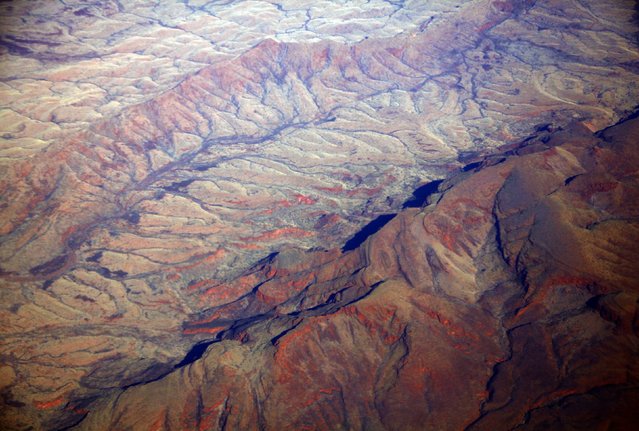
A general view of dried-up river beds and hills in the Pilbara region of Western Australia December 2, 2013. (Photo by David Gray/Reuters)
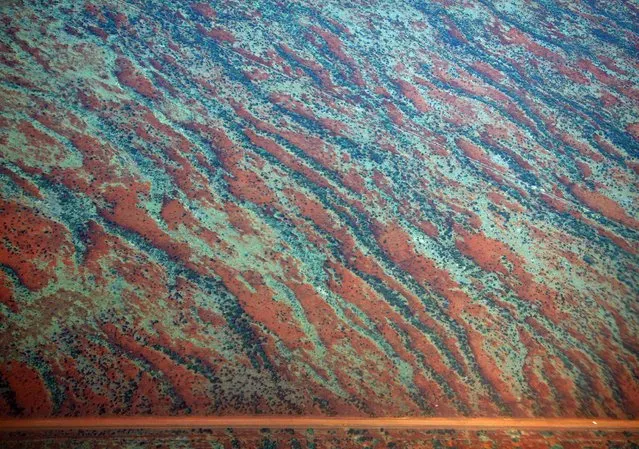
A general view of a road next to sand dunes covered in vegetation in the Pilbara region of Western Australia December 2, 2013. Western Australia's Pilbara region, which is the size of Spain, has the world's largest known deposits of iron ore and supplies nearly 45 percent of global trade in the mineral. (Photo by David Gray/Reuters)
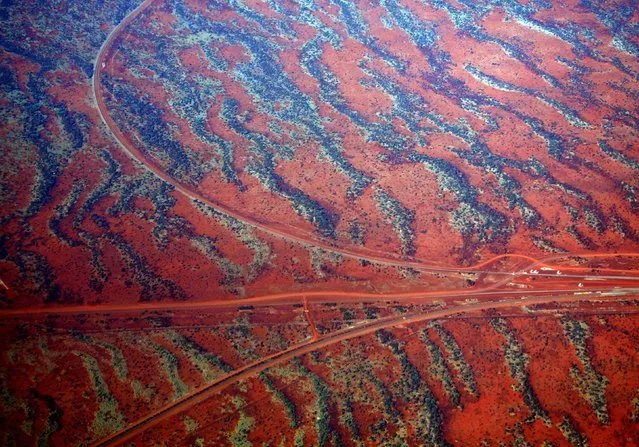
Roads go off in various directions next to sand dunes covered in vegetation in the Pilbara region of Western Australia December 2, 2013. (Photo by David Gray/Reuters)
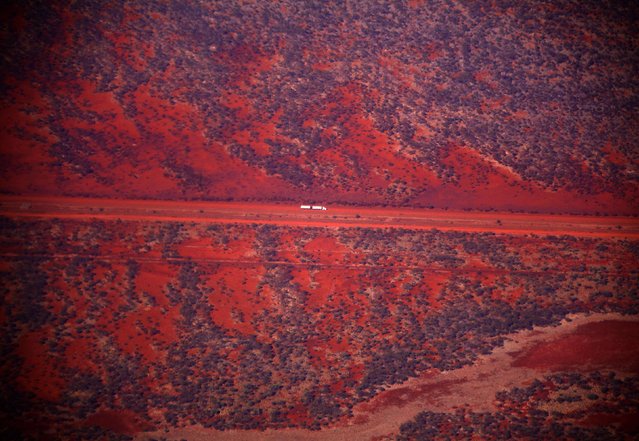
A truck drives along a road in the Pilbara region of Western Australia December 2, 2013. (Photo by David Gray/Reuters)
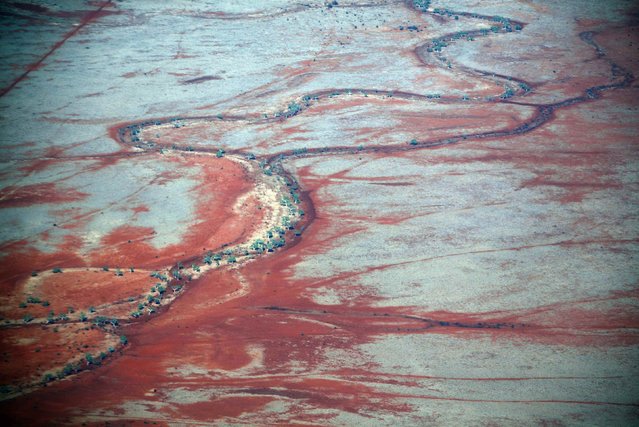
Trees grow in a dried-up river bed in the Pilbara region of Western Australia December 2, 2013. (Photo by David Gray/Reuters)
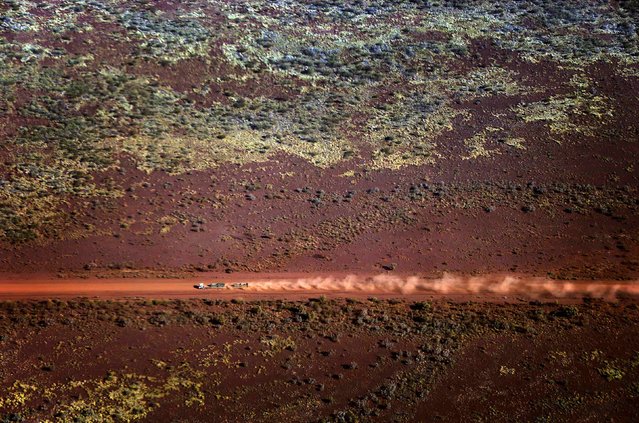
A truck drives along a dirt road in the Pilbara region of Western Australia December 3, 2013. (Photo by David Gray/Reuters)
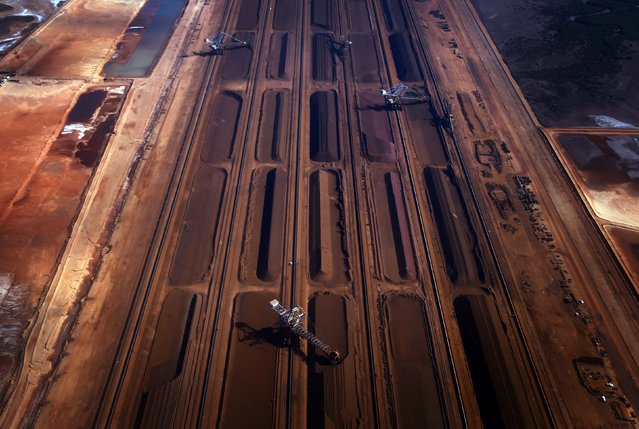
Bucket-wheel reclaimers move iron ore at a loading terminal in the town of Port Hedland, located in the Pilbara region of Western Australia December 3, 2013. The world's second-biggest iron ore miner, Rio Tinto, last week said it would delay the expansion of its iron ore operations in Australia to 2017 but save $3 billion in the process. It plans to cut capital spending to $11 billion in 2014 from just under $14 billion this year, and sees capital spending at $8 billion in 2015, which would be less than half the level it was in 2012. (Photo by David Gray/Reuters)
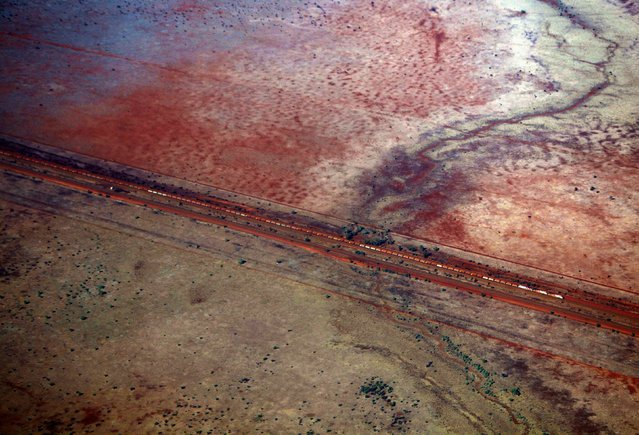
A train loaded with iron ore can be seen near the Fortescue Solomon iron ore mine located in the Valley of the Kings, around 400 km (248 miles) south of Port Hedland, in the Pilbara region of Western Australia December 2, 2013. Australian iron ore mining seems immune from the spending crunch afflicting other commodities as a slowdown in Chinese growth cools a decade-long mining boom. Rio Tinto, BHP Billiton and Fortescue Metals Group are bulking up in Western Australia's iron-rich Pilbara desert as if the mining boom had never ended. A place where capital expenditure is still measured in the billions. The miners are speeding up transformation of an area the size of Peru into a moonscape of rust-red pits linked via thousands of kilometres (miles) of rail lines to giant iron ore ports perched on the easternmost edge of the Indian Ocean. (Photo by David Gray/Reuters)
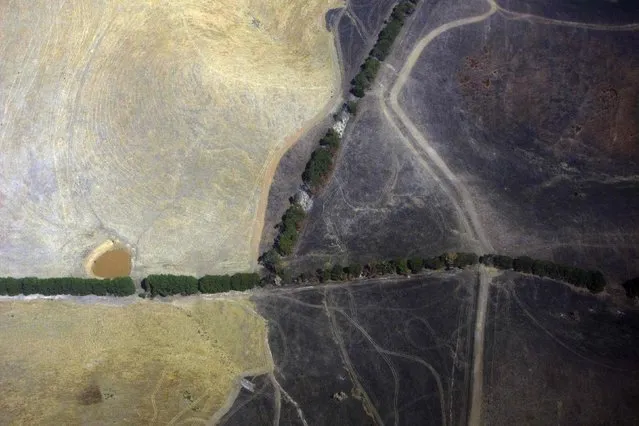
A small dam (L) containing water is seen in a dry paddock next to another that has been affected by a recent fire on the outskirts of Melbourne March 12, 2014. Australia endured its hottest year on record in 2013, the Bureau of Meteorology said earlier this year, with average temperatures 1.2 degree Celsius (34.2 degrees Fahrenheit) above the long-term average of 21.8 degree Celsius (71.2 degrees Fahrenheit), breaking the previous record set in 2005. (Photo by David Gray/Reuters)
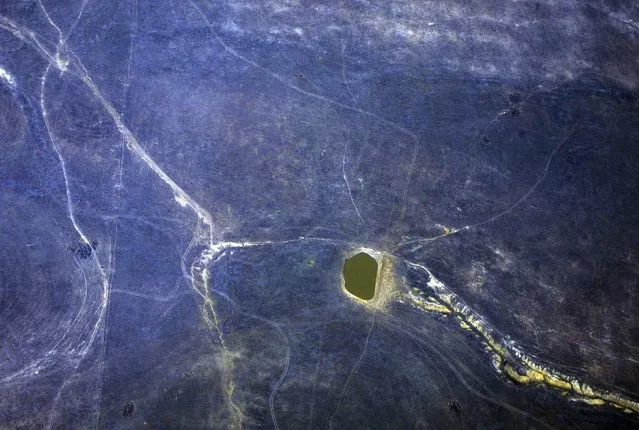
A small dam containing water is be seen in a paddock effected by a recent fire on the outskirts of Melbourne March 12, 2014. (Photo by David Gray/Reuters)
17 Mar 2014 08:52:00,
post received
0 comments
